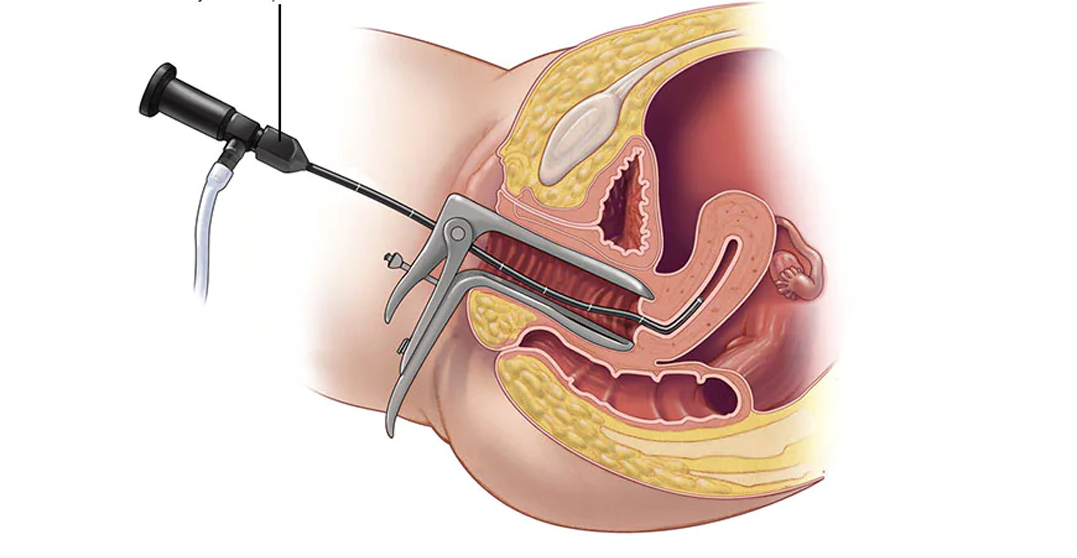Hysteroscopic surgery is a form of incisionless surgery performed on the inside of the uterus, where the surgeon passes a camera (called hysteroscope) through the cervix into the uterus so they can visualize and operate on any abnormal growths within the uterine cavity.
This is an outpatient procedure, but can sometimes be completed in the office for very simple issues. When done as an outpatient procedure, patients typically undergo conscious sedation wherein they are asleep and comfortable. The surgeon uses fluid to open the uterine cavity so they can visualize the inside of the uterus. The same camera has instruments that can be passed through and used to remove any growths.

Hysteroscopy is a procedure to look at the inside of the womb (uterus).
Your health care provider can look at the:
Opening to the womb (cervix)
Inside of the womb
Openings of the fallopian tubes
This procedure is commonly used to diagnose bleeding problems in women, remove polyps or fibroids, or perform sterilization procedures. It may be done in a hospital, outpatient surgery center, or the provider's office.
Hysteroscopy gets its name from the thin, lighted tool used to view the womb, called a hysteroscope. This tool sends images of the inside of the womb to a video monitor.
Before the procedure, you will be given medicine to help you relax and block pain. Sometimes, medicine is given to help you fall asleep. During the procedure:
The provider places the scope through the vagina and cervix, into the womb. Gas or fluid may be placed into the womb so it expands. This helps the provider see the area better. Pictures of the womb can be seen on the video screen.
Small tools can be placed through the scope to remove abnormal growths (fibroids or polyps) or tissue for examination.
Certain treatments, such as ablation, can also be done through the scope. Ablation uses heat, cold, electricity, or radio waves to destroy the lining of the womb.
Hysteroscopy can last from 15 minutes to more than 1 hour, depending on what is done.
Hysteroscopic surgery can be used to treat several conditions including:
Submucosal fibroids (fibroids in the inside cavity of the uterus)
Endometrial polyps (growth of tissue from the inside lining of the uterus)
Uterine synechiae (scar tissue inside the cavity of the uterus)
Uterine septum (small band in the uterus)
Retained IUDs
Heavy menstrual bleeding (endometrial ablation)
What is the typical recovery for hysteroscopic surgery?
Patients who undergo hysteroscopic surgery go home the same day shortly after their procedure. Recovery from the procedure is quick since there are no incisions. Most patients notice that they have some light bleeding and cramping for a few days after the procedure, and almost never require narcotics for pain control.
